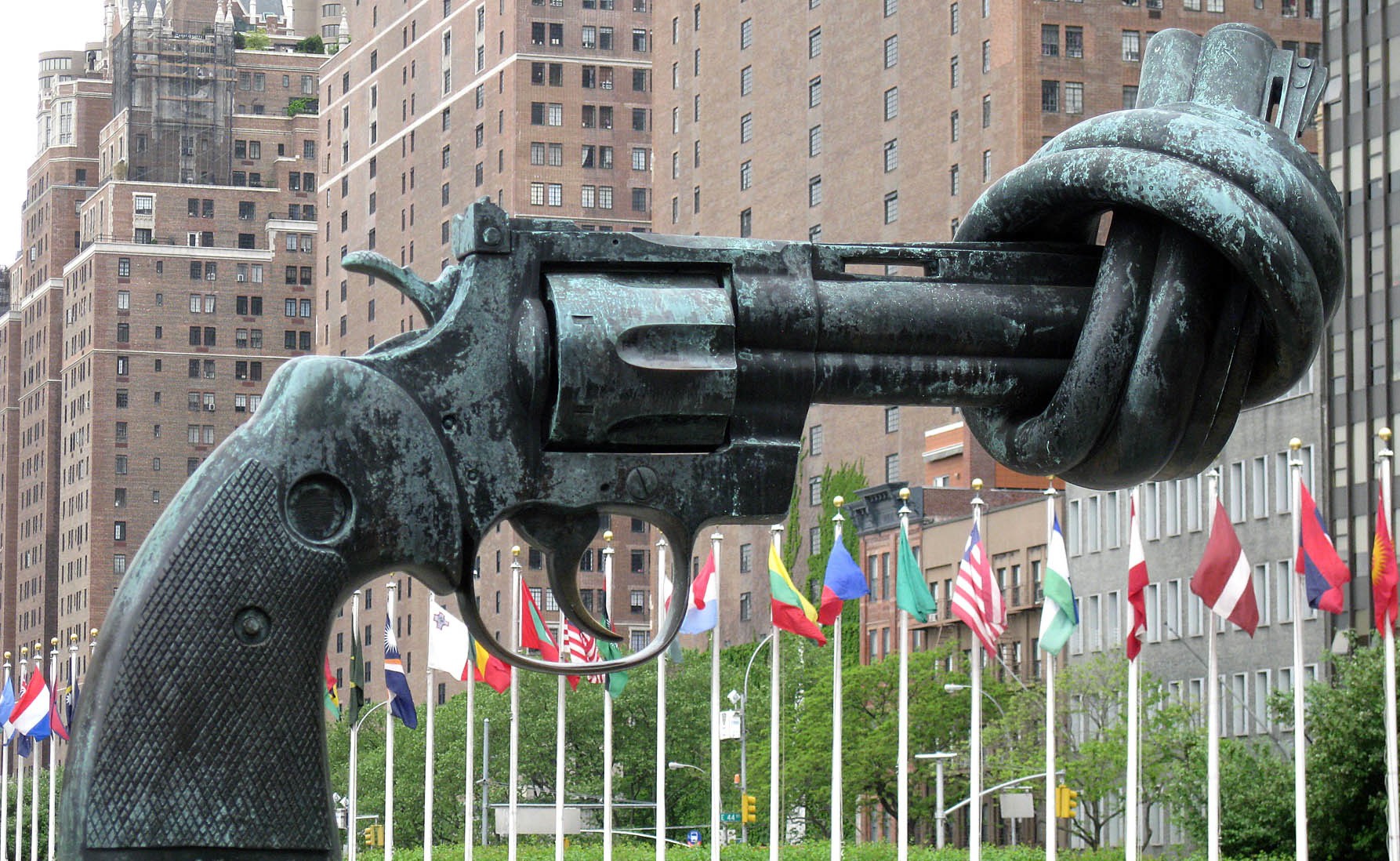There are more gun-inflicted suicides than gun-inflicted homicides in the United States and have been since the Center for Disease Control began collecting data in 1981. There are nearly 20,000 gun-inflicted suicides and 11,000 gun-inflicted homicides meaning that a gun owner – legally or illegally – is twice as likely to kill himself than kill another person with his firearm. Further, gun-related suicides are at their highest rate in twenty years while gun-related homicides are at their lowest rate in thirty years. Suicide is the tenth leading cause of death in the United States with over half of suicides resulting from gunshots. If half of all heart attacks or half of all dances with cancer were caused by one root problem, the American public would expect public policy to be oriented in a way to address it. Firearm-related suicide is a neglected and yet problematic policy issue. If examined statistically, suicides by gunshot constitute a more pressing issue than homicides by gunshot. Ignorant of this fact, current public policy campaigns against firearms are based upon firearm-related homicides. Public shootings – while horrendous – dominate the definition of gun violence, when in fact data show that our perception of gun violence ought to be more nuanced.
An issue with gun control lobbyists’ position is that the relationship between gun-related homicides and gun control legislation does not prove correlational. States with stricter gun control policies do not have lower rates of gun related homicides. However, gun-related suicides combined with gun related homicides and gun control legislation are nearly perfectly correlated. The more relaxed gun control laws a state has, higher gun ownership and higher firearm death rate are all consistent. Montana, Wyoming, Louisiana, Mississippi and Alabama all have the least firearm ownership legislation and all have the highest levels of gun-related deaths with 15.4 – 20.4 deaths per 100,000 citizens. Massachusetts, Rhode Island and New York have the most strict gun control legislation and the lowest gun-related death rates with 2.3 – 4.6 deaths per 100,000 citizens.
The conclusive evidence that gun suicides are the more prevalent form of gun violence and the absolute correlation between gun legislation and gun-related suicides should naturally lead to pubic policy focused on firearm suicide. However, the Brady Campaign – the leading gun control lobby – has focused instead on firearm-related homicide. Founded in 1974 by Dr. Mark Borinsky as a response to the murder of his son and named after secret serviceman Jim Brady (who was paralyzed from a gunshot wound), the Brady Campaign is the most nationally recognized interest group and federal lobbyist group against gun violence. The Brady Campaign’s current policy initiatives are to represent victims through civil cases against gun violence perpetrators and gun companies, defend currently existing gun laws at the federal, state, and local levels, fight harmful policies that lead to future gun violence or prevent gun education, and educate the public and policymakers about gun issues. All of those efforts have had mixed successes so far.

The Brady Campaign’s goal is to reduce gun violence. However, its policy initiatives exclude efforts to address gun-related suicide and therefore weaken the policy efforts. For example, inclusion of gun-related suicides in statistics about gun violence or inclusion of mental health issues leading to gun-related suicides would expand the Brady Campaign’s span of policy and social influences. It is a policy mistake for the Brady Campaign to exclude gun-related suicides as a part of firearm violence.
Through the same logic, it is equally puzzling that mental health lobbying organizations have not used their influence to address gun control policy. The three leading mental health interest groups – National Coalition for Mental Health Recovery, American Foundation for Suicide Prevention and American Psychiatric Association – have directed their policy influence toward funding for programs through the Affordable Care Act, Medicare, Medicaid, early intervention policies for young adults and support systems for veterans. Shockingly, those support systems for veterans address suicide but not firearm-related suicide. Interest groups generalize all suicides without acknowledging that 60 percent of all veteran suicides are committed with a firearm.
No mental health interest group’s agenda includes addressing gun violence in relation to suicide. The clear solution is that mental health organizations should adjust their policy aims. However, powerful lobbies as well as the responsible lobbies are excluding a valuable piece of their policy argument.
Gun-inflicted suicide is treated as the middle and invisible ground between two policy camps – public safety (the Brady Campaign) and public health (mental health).
Suicide by firearm should be treated as a public health issue because it is often the result of a mental health disorder. In fact, 90 percent of suicide victims had been previously diagnosed with a mental illness prior to their deaths. However, here is where the confusing element arises: mental health is a well-addressed issue high on national and state governments’ agendas. The Affordable Care Act extends mental health coverage to uninsured Americans and Michigan recently passed several pieces of legislation addressing access and quality of mental health services. If half of gun-related suicide victims had a verified mental illness, their firearm-related suicide should be regarded as a public health issue by extension. Moreover, gun control lobbyists should regard gun related-suicides as a public safety issue, because such a position would strengthen their argument and would likely lead to an expanded platform. While not on the same plane in terms of violence and terror as public homicides, suicides by gunshot are directly correlated with severity of gun control laws.
The logical conclusion, then, is to combine public health and public safety to address an important public problem. But for 40 years now the Brady Campaign has stuck to public safety and mental health organizations have stuck to public health. To better society and help many struggling individuals, the two groups should join forces. And yet there is no movement to do so simply because there is no cultural or social imperative. It is in the best interest of both groups as well as the American citizenry for the mental health lobby to combine with the Brady Campaign and produce legislation that addresses a neglected public issue.

In searching for information about the Brady organization, I found this article, eight years after its publication. I was horrified to see that basic – and obvious – facts were misstated, which, in my mind, completely undermines the value of the arguments. How can I use, or even trust, this article or anything from BPR when you failed such basic factchecking?
For correct reference, please note that Dr. Mark Borinsky founded the precursor to Brady after he was robbed and nearly killed at gunpoint; and Jim Brady was Ronald Reagan’s Press Secretary.
Brenna, While I think that your article is very well written, it is very difficult to determine causality even with high correlation. The US has a lower suicide rate than many of the advanced nations of the world. These nations have an extremely low gun ownership rate and yet more people are killing themselves. Certainly guns are an effective enabling technology, but people have found many other means to get the job done.
http://en.wikipedia.org/wiki/List_of_countries_by_suicide_rate